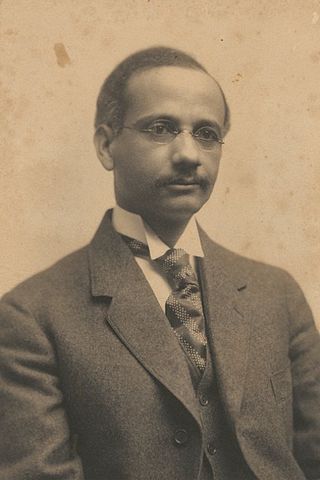Career

Romano interned in medicine at the Milwaukee County General Hospital in 1933-1934 following a year-long externship in psychiatry in the Milwaukee County Asylum for Mental Diseases. [4] He moved on to Yale School of Medicine Hospital, where he broadened his experience in neurology, [2] then was a Commonwealth Fund Fellow in psychiatry at the University of Colorado School of Medicine and an assistant psychiatrist at the Colorado Psychopathic Hospital in Denver. [2] [4] Romano stayed in Colorado from 1935 to 1938, where he worked with Franklin Ebaugh and gained experience in psychosomatic medicine and patient care. He also decided on his specialization and sought additional training in neurology.[ citation needed ] He worked as a Rockefeller Fellow in Neurology at Boston City Hospital in 1938–1939, then as a Sigmund Freud Fellow in Psychoanalysis at the Boston Psychoanalytic Institute. While there, he taught medicine at Harvard Medical School and was a medical associate at the Peter Bent Brigham Hospital. [4] Romano later reflected that the neurology training had also broadened his knowledge of clinical medicine and psychiatry. He also came to the attention of Soma Weiss, M.D., who had heard of Romano's skill in clinical teaching and research and served as his mentor.[ citation needed ]
In June 1941, Romano became the chair of the University of Cincinnati College of Medicine's Department of Psychiatry and the Director of Psychiatric Service at Cincinnati General Hospital. [3] [5] [2] [4] There, he worked on improving medical education using mind-body interventions and introduced psychiatric training into all four years of the medical curriculum. He continued his research and studied, among other topics, delirium, fainting, and decompression sickness. While visiting Boston, he met George L. Engel, who had a particular interest in psychosomatic medicine, and recruited him to the faculty at Cincinnati and later at the University of Rochester.[ citation needed ]
During World War II, he worked as a neurology and psychiatric consultant for the United States Army, a role he would return to in support of the U.S. Army Surgeon General in the 1950s. [4] In 1945, after returning to the United States, he accepted the role of founding chairman in the Psychiatry Department at the University of Rochester School of Medicine & Dentistry. He served in this role until 1971, when he retired. [3] [1] [2] [4] Because the department was so new and the practice of psychiatry had not yet become mainstream, there were few resources for instruction. As such, Romano was heavily involved in student and trainee teaching and spent a lot of time working on medical education. He strongly believed in the importance of medical training in psychiatrics and vice versa. [2] He also introduced psychology and social work training and research into the curriculum.[ citation needed ]
In 1946, he helped found the National Institute of Mental Health and served as general vice-chairman of the American Red Cross' Advisory Board on Health Services between 1946 and 1949. [4] [3] [1] [5] He served on the original National Advisory Mental Health Council of the United States Public Health Service and, as chair of the Research Study section, worked to get funding for psychiatric research. [2] Romano collected funds and supervised the building of the psychiatric wing, called Wing R, at Rochester's Strong Memorial Hospital in 1949 [3] [1] [4] and sat on the Board of Overseers at Harvard Medical School in 1949–1954. Between 1949 and 1952, he was on the psychiatric training committee for the National Institute of Mental Health and in 1956-1961 chaired their Mental Health Fellowship Grant Committee. [4] He was named a Distinguished University Professor in 1968 and was a senior member of the National Institute of Medicine. [5] [4] In the last decade of his life, he also served on committees and planning groups for the Ford Foundation, the American Medical Association, and the Association of American Medical Colleges, among others. [4]





